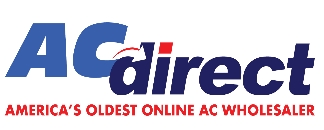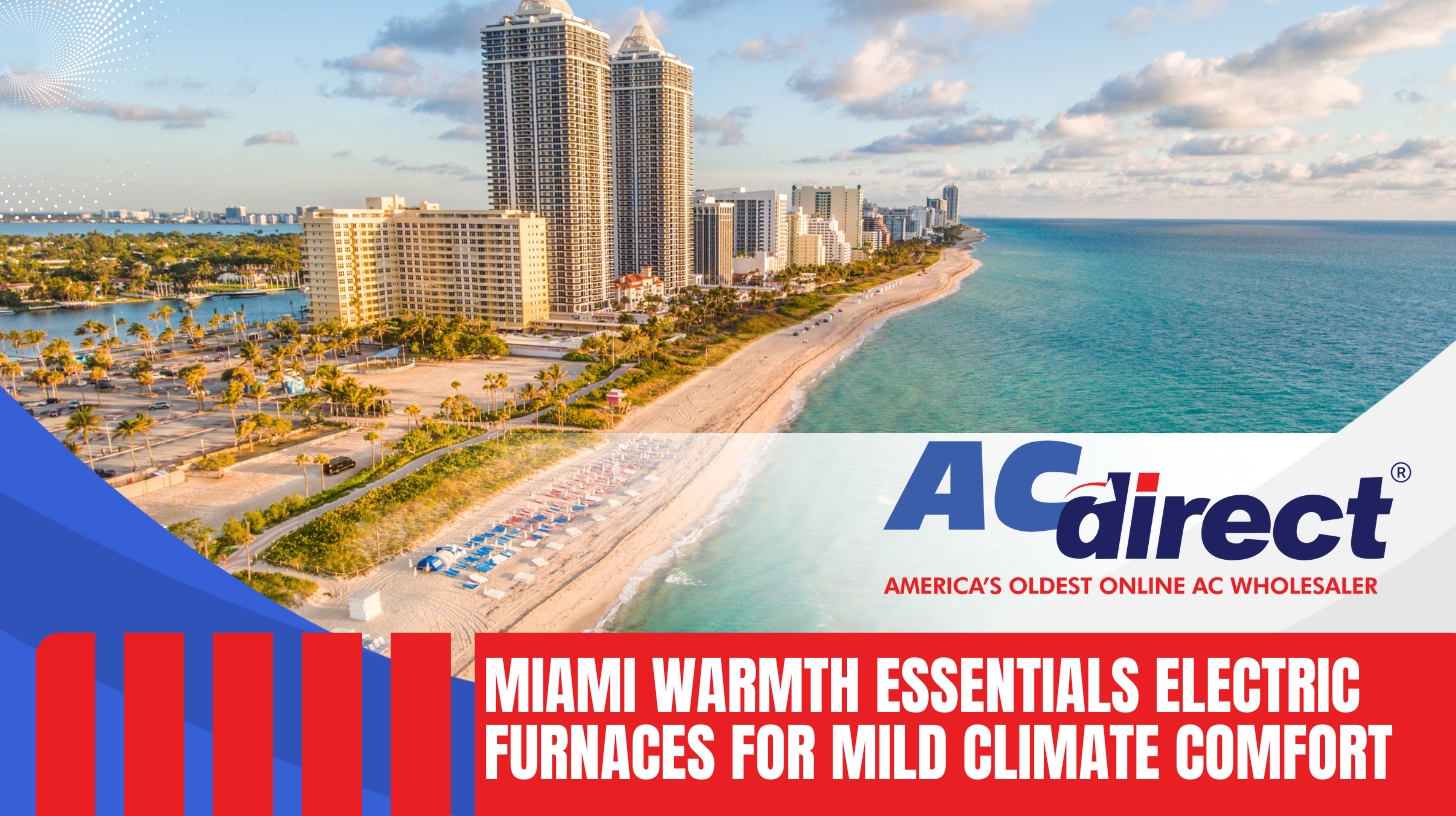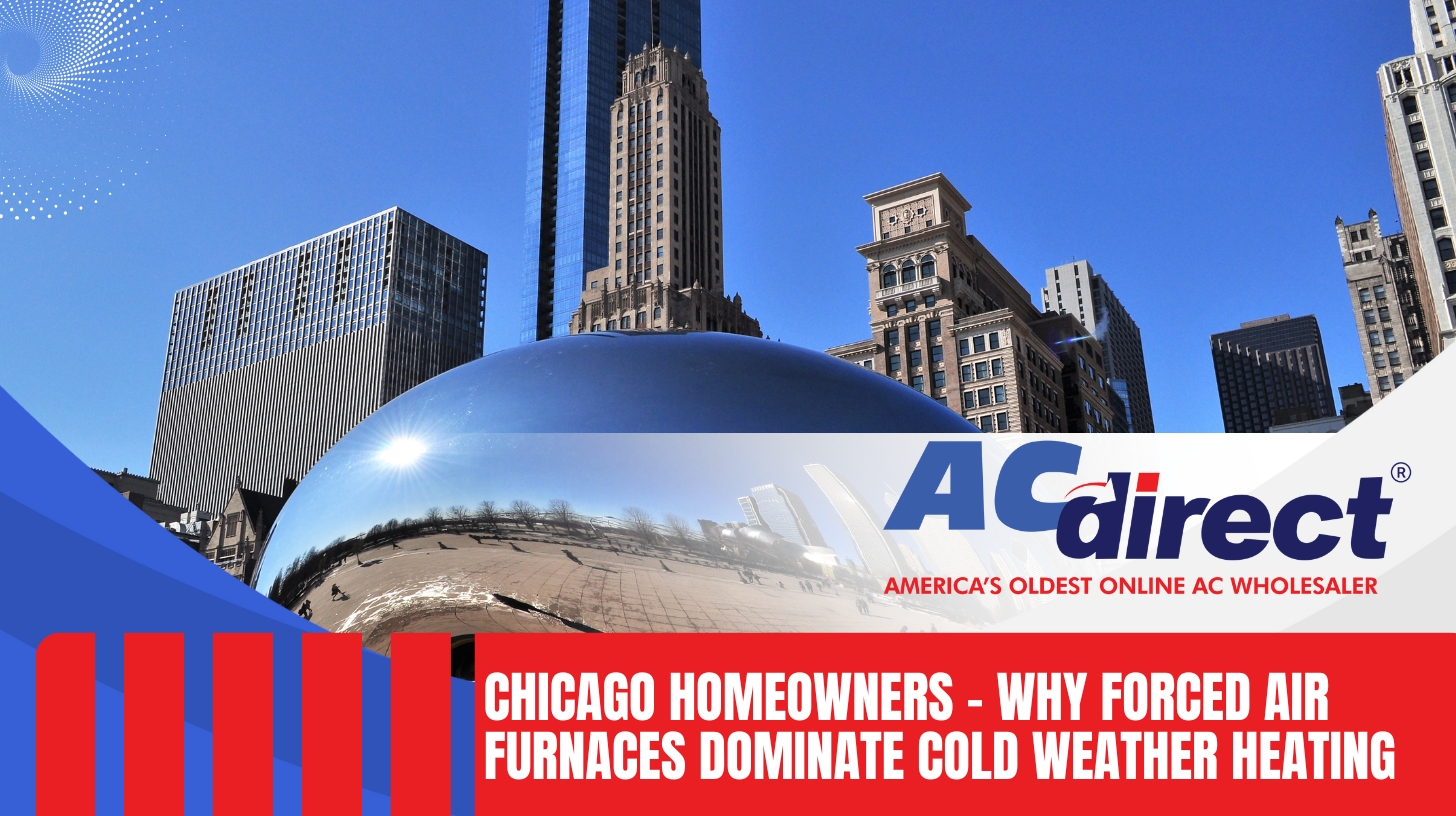So, What's Going on with HVAC Systems in 2026?
-
 By
Michael Haines
By
Michael Haines
- Dec 17, 2023

So, What's Going on with HVAC Systems in 2026?
If you haven't thought much about your HVAC system lately, 2026 is the year you can't afford to ignore it. Across the country and around the globe, heating, ventilation, and air conditioning systems are in the midst of a transformation. Driven by regulatory changes, environmental responsibility, and a wave of new technology, the way we heat and cool our buildings is evolving fast.
Whether you're a homeowner planning for the next decade, a facility manager overseeing complex systems, or someone simply trying to make sense of all the headlines, this guide will walk you through what's changing and what it means for you.
Navigating the New HVAC Landscape: Why 2026 Is a Turning Point
The changes in HVAC this year aren't just about new gadgets but about compliance, comfort, cost savings, and climate. 2026 marks a turning point where new refrigerant rules take effect, advanced heat pump technology becomes standard, and “smart” systems promise not only lower utility bills but also cleaner indoor air and less time worrying about breakdowns. Let's break it down step by step, so you know what's happening and how to respond.
The Big Refrigerant Shift: What's Changing and Why

If you've heard talk about “GWP” and new refrigerants, here's what's happening:
Why the Focus on Refrigerants?
Traditional refrigerants like R-410A and older HFCs have been highly effective at cooling and heating but come with a major environmental downside. When these chemicals leak, they contribute significantly to global warming. In response, international agreements (like the Kigali Amendment) and U.S. regulations (the AIM Act) require a phaseout of these high-GWP refrigerants.
2026: The New Standard
-
From January 1, 2026, all new commercial refrigeration and HVAC systems must use “low-GWP” refrigerants. The most common replacements are R-32 and R-454B—both offer similar performance with far less environmental impact.
-
These new refrigerants have different handling and safety requirements. Both R-32 and R-454B are classified as “A2L” (mildly flammable), which means technicians need new training and certification to install or repair these systems safely.
-
The cost of servicing old systems with R-410A will rise. As supplies shrink, expect both the refrigerant itself and the labor for repairs to become more expensive.
What Should You Do?
-
If your current HVAC system is more than 10 years old and uses R-410A or another high-GWP refrigerant, start planning for replacement. Not only will repairs become costly, but new systems will also offer better efficiency and air quality.
-
When shopping for new equipment, confirm that it uses a low-GWP refrigerant and that your contractor is certified for A2L refrigerant systems.
Common Questions About Refrigerants
-
Are the new refrigerants safe? Yes, when handled by trained professionals following modern codes.
-
Can my old system be “retrofitted”? In most cases, no—it's best to upgrade to a new system designed for low-GWP refrigerants.
The Rise of Heat Pumps and Electrification
If you haven't considered a heat pump in the past, 2026 is the year to take another look.
Heat Pumps: The Workhorse of Modern HVAC
-
What's a heat pump? Unlike traditional furnaces or air conditioners, heat pumps use electricity to move heat, providing both heating and cooling from the same system. They're efficient and versatile.
-
New Advances: Today's models handle extreme cold better than ever. Some can keep your home warm even when outdoor temperatures drop below zero, thanks to innovations in compressor technology, defrost cycles, and refrigerant management.
-
Variable Refrigerant Flow (VRF): Once limited to large commercial buildings, VRF technology is now available in upscale homes and multi-unit residences. These systems deliver quiet, room-by-room comfort and are incredibly energy-efficient.
Electrification: Why It's Gaining Ground
-
Local, state, and federal incentives now reward property owners who switch to all-electric heating and cooling, often with thousands of dollars in rebates or tax credits.
-
Electrification helps meet climate targets and can dramatically lower lifetime utility costs, especially when paired with renewable energy like rooftop solar.
Who Should Consider Heat Pumps and VRF Systems?
-
Homeowners replacing aging furnaces or central air units
-
Businesses looking to cut operating costs and meet new sustainability standards
-
Anyone wanting future-proof comfort with maximum efficiency.
Smart HVAC Systems: The Role of AI and IoT
“Smart home” tech isn't just about lights and locks. In 2026, HVAC systems are getting much smarter—with real financial benefits.
How Smart Controls Work
-
AI-based Thermostats: These learn your schedule and preferences, adjusting settings automatically for comfort and efficiency.
-
Sensor Networks: Advanced systems track temperature, humidity, occupancy, and even air quality in real time, directing heating or cooling where it's needed.
-
Predictive Maintenance: Smart sensors flag developing issues—like a failing blower or refrigerant leak—so you can fix problems before they become costly breakdowns.
Commercial and Industrial Applications
-
Data centers and tech campuses now rely on AI-powered climate control to prevent overheating of sensitive equipment. Modine and similar companies report a surge in demand for these specialized cooling solutions.
-
Human-in-the-loop AI models let occupants “teach” the system about comfort preferences, further improving efficiency and satisfaction.
Why Upgrade?
-
Smart controls can cut HVAC-related energy use by up to 20%.
-
Automated maintenance alerts mean fewer surprise repairs and less downtime.
Indoor Air Quality (IAQ): Clean Air as Standard

Good indoor air is no longer optional. In response to health concerns and new standards, HVAC systems are now built to deliver fresher, cleaner air.
Technologies Gaining Ground
-
High-MERV Filtration: Filters with higher ratings (MERV 13 and up) capture more fine particles, allergens, and even some viruses.
-
UV-C Sterilization: Built-in ultraviolet lights disinfect air as it passes through the system, neutralizing bacteria, mold, and viruses.
-
ERVs and HRVs: These systems recover heat or cooling from exhaust air, making ventilation much more efficient and saving money.
Why It Matters
-
Poor air quality often causes allergies, asthma, and other respiratory issues.
-
Schools, offices, and multi-family buildings are now required in many areas to meet higher IAQ standards.
Navigating HVAC Supply Chain and Workforce Challenges
Despite all the innovation, the HVAC industry continues to face practical challenges.
Supply Chain Realities
-
Component Shortages: Microchips, motors, and even basic hardware can be in short supply. Geopolitical events and fluctuating global demand continue to impact timelines.
-
Lead Times: Ordering a new system or key parts might take weeks (or longer), especially in peak season.
Workforce Shortages
-
Technician Gap: As older technicians retire, there aren't enough new professionals entering the field. Up to 80,000 HVAC tech positions may go unfilled by 2030.
-
What This Means for You: Plan ahead. Schedule service visits early and use only qualified, licensed contractors—especially for systems using new refrigerants and smart controls.
Spotlight: Commercial & Data Center Cooling
Data centers, hospitals, and manufacturing plants have specialized cooling needs in 2026.
-
AI and Data Center Cooling: AI workloads produce massive amounts of heat. Companies like Modine are reporting record sales in advanced, energy-efficient cooling for data centers.
-
HVAC as a Service: Some facilities are moving to “as a service” models—paying a monthly fee for continuous monitoring, maintenance, and system upgrades.
Takeaway for Commercial Managers: Invest in systems that offer remote monitoring, predictive analytics, and proven compliance with new environmental standards.
Choosing the Right HVAC Contractor in 2026
-
Certification Matters: Ask about A2L refrigerant certification, smart controls training, and up-to-date licensing.
-
Experience with Modern Systems: Look for contractors, like AC Direct, who are committed to installing heat pumps, VRF, ERV/HRV, and AI-enabled controls regularly and not just as a sideline.
-
References and Reviews: Get feedback from recent customers, especially those with similar building types or needs.
Detailed 2026 HVAC Checklist
Homeowners can stay ahead of the new HVAC trends and rules by taking the following practical steps—
-
Assess your HVAC system's age, refrigerant type, and efficiency ratings
-
Consider replacing old R-410A units with new, low-GWP models
-
Ask about heat pumps or VRF systems for energy-efficient comfort
-
Upgrade to high-MERV filters and, if possible, UV-C or ERV/HRV systems
-
Install smart thermostats and explore AI-based controls
-
Plan service and upgrades in advance, and don't wait for breakdowns
Here are some essential actions commercial property managers should prioritize to keep their properties efficient, safe, and up to date—
-
Audit HVAC assets for compliance with 2026 refrigerant and efficiency standards
-
Budget for system upgrades and smart control integration
-
Work with contractors experienced in data center and critical environment cooling
-
Ensure staff or service partners are trained on new refrigerant handling
-
Leverage available government incentives and rebates
FAQs
1. Will my current system be “illegal” in 2026?
No. Existing systems can be used and maintained, but new installations must comply with low-GWP refrigerant rules. However, servicing old systems will become more expensive and may be phased out in future regulations.
2. How do I know if my system uses a banned refrigerant?
Check your system's data plate or owner's manual for the refrigerant type. If in doubt, ask a licensed technician.
3. What are the risks with mildly flammable (A2L) refrigerants?
Risks are minimal if handled by trained professionals. New systems are designed to minimize any hazard.
4. Do heat pumps work in cold climates now?
Yes! Modern cold-climate heat pumps operate efficiently even below freezing. Ask your contractor for models rated for your climate zone.
5. What can I do to improve indoor air quality right now?
Upgrade filters, run your system's fan periodically, add standalone air purifiers, and ask about UV-C upgrades.
6. Are there still supply chain problems?
Supply chain issues have eased somewhat, but long lead times remain for some parts. Plan ahead for upgrades and repairs.
Moving Forward: Taking Control of Your Comfort and Costs
The bottom line is, 2026 isn't just another year for HVAC. The HVAC systems you choose, the timing of your upgrades, and even the technician you hire can significantly improve your comfort, safety, and your monthly bills. Stay informed and take the right action when upgrading to a new heat pump, improving air quality, or investing in smart controls, so you can stay at the forefront.
For a system assessment and personalized recommendations, contact AC Direct, because the right advice and investment now can pay off for years.
For more in-depth resources, explore our website or schedule an assessment with our team. Your future comfort, health, and savings depend on making informed choices today.

 and now, NASCAR Racing Sponsor
and now, NASCAR Racing Sponsor








